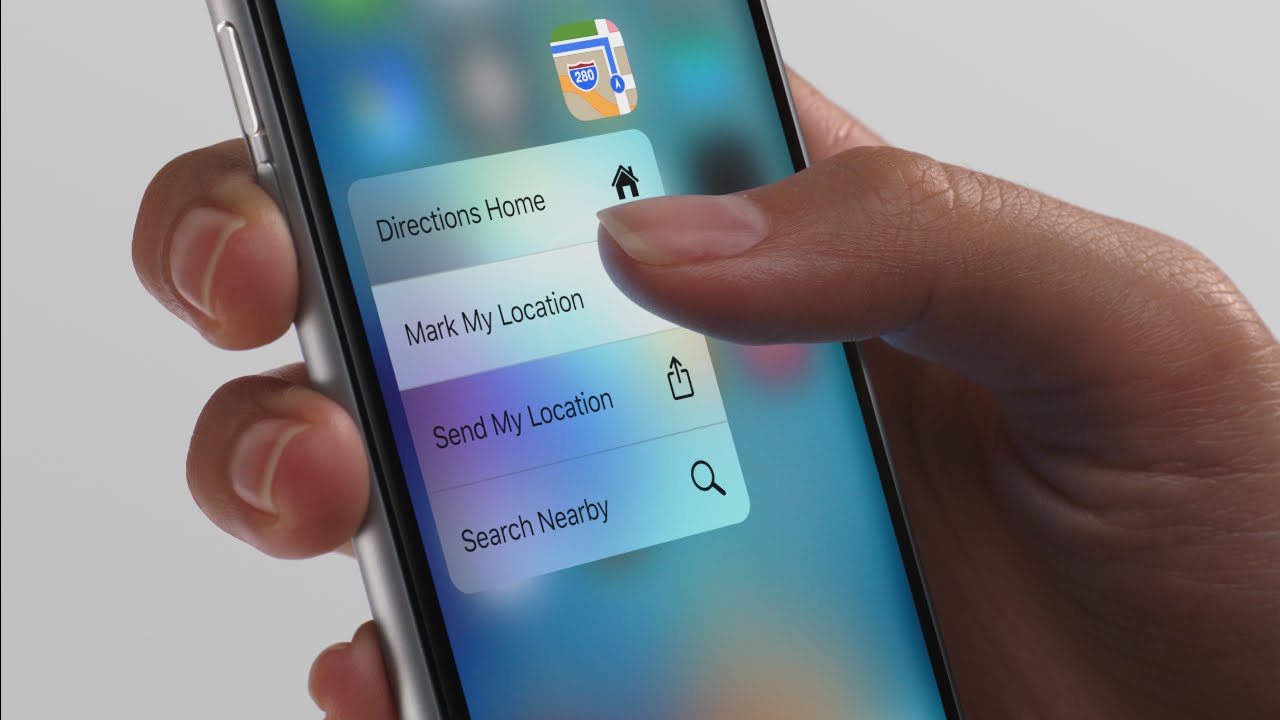Apple 3D Touch: how it works, and why it might replace Force Touch in future Macs
Apple’s Taptic engine sits at the core of virtually any touch-enabled device built by the company in the past year. The technology allows for additional gesture controls, on multi-touch screens and trackpads, from iOS to Mac OS X.
We had the first glimpse of Force Touch when the Apple Watch and the 12 inch MacBook Retina were introduced, as one further step in the evolution of multi-touch technology, until Apple decided to extend the functionality to all new MacBook products.

The way Force Touch works is by registering the force applied on the touch surface, and provide feedback to the user, by means of a subtle vibration, created by the Taptic engine actuators. On MacBooks, just like on any other touch-enabled device made my Apple, the touch surface doesn’t move at all, and does not require mechanical motion to produce input, like a click or a double click, and in the specific case of Force Touch, an extra gesture is added, in the form of a “long press”.
This added input can be used in different ways. For instance, when watching a video, a longer press will cause it to fast forward. The way a long press behaves can even be programmed, to some degree, in the same way as left and right clicks can be switched or set to do things other than triggering context menus.
While 3D Touch still uses the taptic engine to return feedback to the user, the functionality and capability of the new hardware take the initial concept of long presses, where finer degrees of pressure can be registered, for a wider array of actions.
In the iPhone 6S, 3D Touch allows for two new gestures: “Peek” and “Pop”. These two states can be seen as an evolution of the long press, in which force is one more dimension used by the device to trigger a new action.
More specifically, a light press, for instance on a home screen icon, or email item, will trigger a “Peek”, which will display either a context menu, or a preview of the content about to be open. Applying further pressure during the same action will trigger a “Pop”, which will cause the item to “pop” open. In some simple way, a “Peek” could be considered the equivalent of a right click, and a “Pop” could qualify as a left click.
Why 3D Touch matters in the grand scale?
Anyone who owned a laptop in the early 2000s, will remember how trackpads were simply surfaces capable of registering the position of a finger, with right and left click delivered by separate buttons. Some trackpads even included alternative tracking methods, such as the red rubber dot found in some older Compaq Presario and ThinkPad laptop PCs from the “days of old”, which functioned as a joystick, for those that found the early trackpads unreliable or hard to get used to.
The evolution of the trackpad saw the addition of more functionalities, such as the ability to register left clicks, by tapping once, and right click, by tapping and holding. When multitouch technology was introduced, the ability to register the position of multiple fingers at once on a touch surface, changed the way we used laptops, and allowed for tablets and touchscreens to become popular with consumers.
One problem still remained among laptops, up until a few years ago, which was how best to trigger clicks. Every laptop manufacturer had, and in some way still has, its own way of providing click support. Some technologies are so proprietary that require additional software to be installed in order to allow for proper handling of multi-touch support, and nearly all, still fall back on a “trampoline” mechanism that requires mechanical pressure to be applied on a sensor, to trigger a click.
On the latest MacBooks, Force Touch eliminates the need for mechanical pressure to be applied to the trackpad, as well as the wear and tear typically associated with it. It might be a while before seeing similar technology in other laptops, as manufacturers would have to come up with their own inventions in order to emulate the same behavior. This is no small feat, and with 3D Touch, Apple has taken it several steps further, by introducing pressure as yet another triggering factor.
3D Touch matters because of how fast we are moving towards a new level of interaction with our devices, which is more seamless, more comfortable, and more intuitive.
How long before we see 3D Touch in MacBooks?
The chance of the MacBook’s Force Touch trackpad being replaced by 3D Touch technology is very strong, and this is the reason why a next refresh of the MacBook Pro or MacBook Air could take a little longer this time, and it might not happen until mid or late 2016.